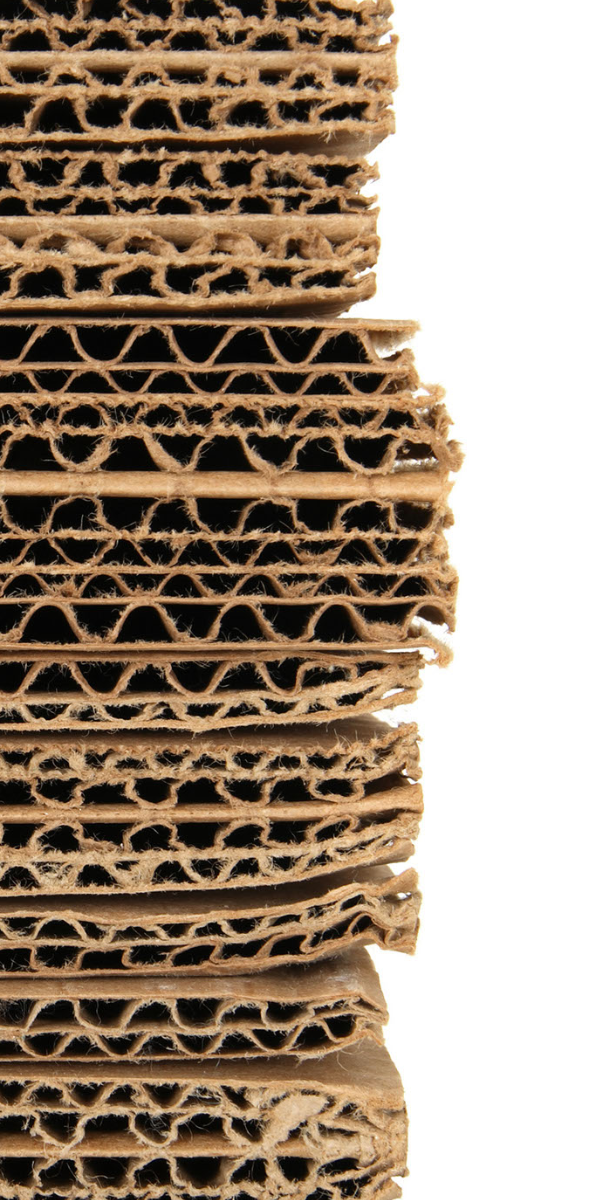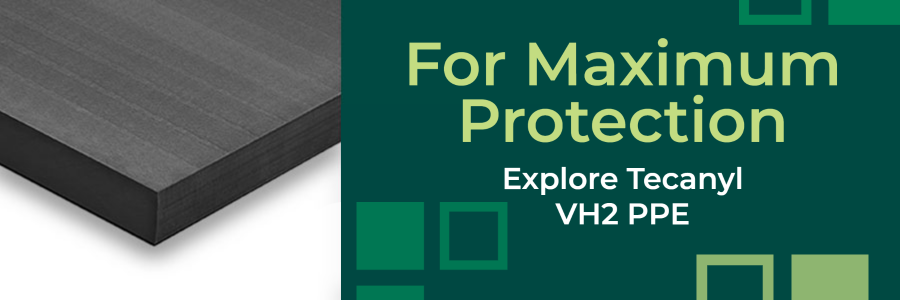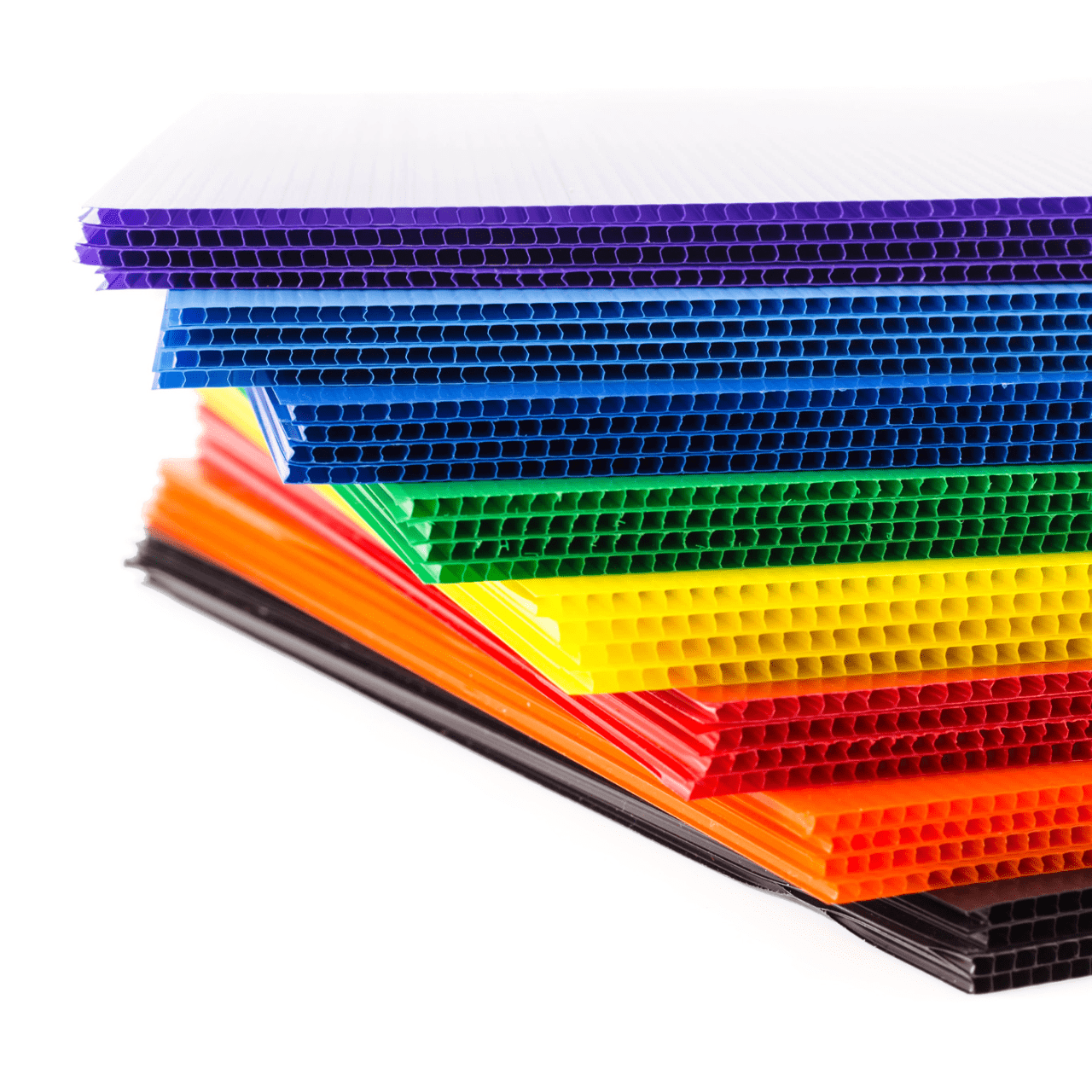What is Corrugated Fluted Material
Corrugated flute is a type of material structure that is used to strengthen or reinforce material You have likely seen them multiple times in your life. They resemble wavy lines that are attached to a paperboard or coroplast to create corrugated board. Fluting adds stiffness to your packing and makes it more resistant to crushing. Corrugated material comes in a variety of wall thicknesses, or flute sizes. Each flute size has a specific purpose, ranging from better printability to increased
shipping strength. Each corrugated flute size is described and detailed here. Three fiberboard layers make up corrugated material; two linerboards sandwich a central sheet with a wave-shaped pattern of arches known as flutes. An adhesive is used to secure the flutes to the linerboard. In the end, flutes produce stiff columns that can hold a lot of weight. The gap between the flutes functions as a cushion to protect the content of the box from the side of the board. Additionally, flutes also act as an insulator, protecting against temperature fluctuations. The linerboard adds strength to the flutes while also protecting them from harm.
What Types of Corrugated Flutes Are There?
Corrugated flutes are meant to add extra layers of insulation and protection to corrugated packaging and material. They also aid in the packaging's crush and puncture resistance. Finally, corrugated flutes provide corrugated boxes structure, allowing them to handle heavy objects without folding or breaking. The thickness of these flutes varies from 5 millimeters all the way to 0.8 millimeters. Whilst flutes appear to be labeled in order of their sizes, in reality they are actually named in order of when they were developed, with A being the first flute invented and F being the final flute invented.
 The following are the five different types of corrugated flutes:
The following are the five different types of corrugated flutes:
A Flute: The thickest corrugated flute available is A flute, which measures roughly 5 millimeters or 14 inch in thickness. This means that a single linear foot of packaging has around 36 flutes. Because of the extra-thick fluting, an A flute is great for sensitive goods that require special care. This flute is also suitable for heavy objects requiring a sturdy packing framework.
B Flute: The B flute is in the middle of the range, with a thickness of roughly 3.2 millimeters or 1/8 inch. This indicates that a single linear foot of packaging has around 49 flutes. Because it is crush and puncture resistant, the B flute is suitable for interior packing components. This flute is also great for directly printing text, drawings, and logos on corrugated cardboard.
C Flute: The C flute is the second-thickest corrugated flute on the market, measuring around 3.2 millimeters or 11/64 inch in thickness. This indicates that a single linear foot of packaging has around 41 flutes. A C flute is great for shipping boxes since it resists crust and is difficult to compress. It provides a fantastic printing surface for branding and marketing goods, just like B flute.
E Flute: The E flute is the thinnest corrugated flute, with an official thickness of roughly 1.6 millimeters (1/16 inch). This guarantees that a single linear foot of packaging has around 90 flutes. Because it is so tiny, an E flute is great for saving storage space and money. This flute is also often used in consumer products packaging. The F flute is the thinnest corrugated flute available, with a thickness of around 0.8 millimeters or 1/32 inch. This means that a single linear foot of packaging has around 128 flutes. For several types of consumer goods, the F flute is appropriate for strong packaging.
Printing Type
Corrugated packaging doesn't really have to be the same old bland, brown cardboard you see typically in the world. In fact, you can really print straight on the cardboard. This is an ideal chance for branding because it allows you to display your logo and products. There are a number of various ways to print on corrugated material, including flexographic, lithographic, and digital printing. Because bespoke plates are required to direct the printing process, lithographic printing is suited for large-scale printing operations. Flexographic printing is the most popular printing method since it is rapid, simple, and cost-effective. Finally, because no unique plates are required, digital printing is perfect for small-scale printing tasks.
Styles
While you would believe that corrugated cardboard only comes in the shape of a square box, this is actually not the case. In fact, corrugated flutes and liners may be integrated into a wide range of box types, shapes, and sizes. Here are just a few of the box designs to think about for your products and brand when you are using corrugated cardboard: Mailer box: With innovative features like dust flaps that efficiently seal and preserve the contents of the package, a mailer box is meant to be efficient, protective, and elegant. Mailer boxes are commonly used by ecommerce and subscription firms for their items. One-piece folder box: A one-piece folder box is simple, elegant, and straightforward to put together. This box is made up of a single sheet of corrugated cardboard that can be built fast and easily to send books or artwork. Due to a single wall design with B fluting, a shipping box is meant to appear classic and conventional while still being protective. Almost anything may be shipped in this package.
Conclusion
You might not always think about the importance of corrugated cardboard and flutes when it comes to your life or business but in reality it's a very vital part of running an efficient and cost-effective and safe life and business. The good news is the corrugated flutes are now the norm in many industries and they are capable of storing and shipping just about any item safely and quickly without harm. The next time you are looking to ship or store something that is valuable, make sure you invest in boxes that are corrugated.


